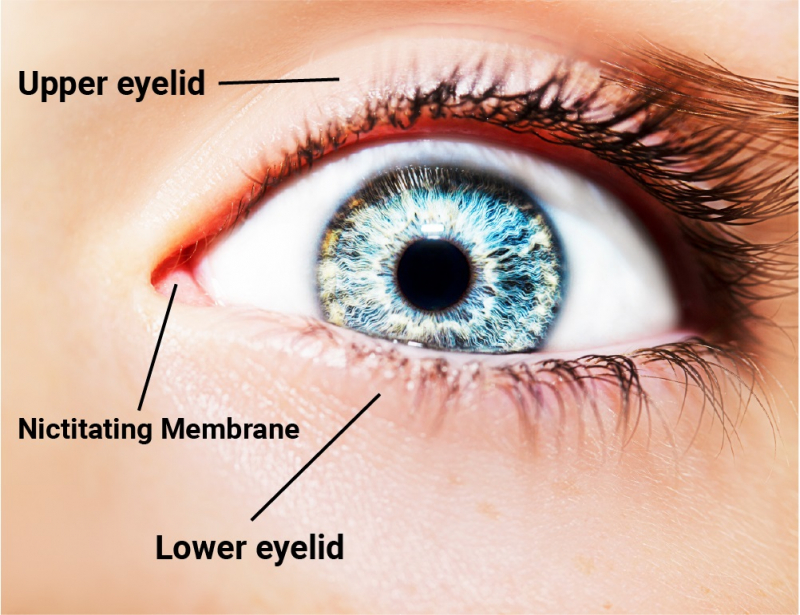Nictitating Membrane
The Nictitating Membrane (also called The plica semilunaris) is also one of the vestigial features of the human body. It is the small fold of tissue located on the inside corner of the human eye (not the little bump in the very innermost corner, but the small flap right next to it). Many researchers believe that this part of the human body is a vestigial remnant of the third eyelid that humans used to have. Nowadays, this feature is also found in other species that are close to the human species, including gorillas and chimpanzees.
The nictitating membrane is most commonly found in birds, reptiles, and amphibians. In most mammals, there is only a small vestigial remnant of the nictitating membrane in the corner of the eye. However, polar bears, aardvarks, camels, seals, marsupials, and monotremes do have fully functional membranes. The nictitating membrane serves a defensive purpose, such as maintaining the eye's cleanliness and moisture or shielding the iris from intruders. Some species' membranes are translucent enough to allow for eyesight in the dark or underwater. Although the cause of the nictitating membrane's disappearance in humans is unknown, it's possible that the tissue was superfluous due to changes in habitat and eye physiology.










